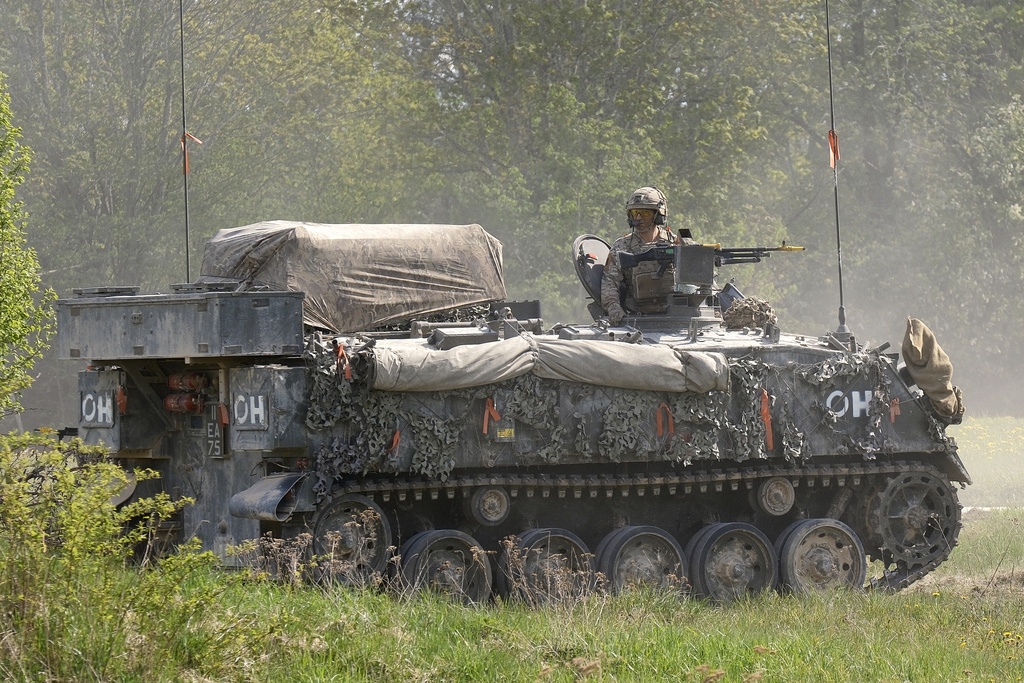NATO is developing several land corridors to bring U.S. troops to the front line as quickly and safely as possible in the event of a war against Russia. The overseas troops would land in one of five European ports, with the Netherlands being the primary port of disembarkation, but Italy, Greece, Turkey and Norway are also possibilities.
According to Lieutenant General Alexander Sollfrank, head of NATO’s Joint Support and Enabling Command (JSEC), the days of huge logistics bases are over and logistics routes have become a key priority. The military chief also drew attention to the lack of air defense on the eastern flank of the defense alliance.
The U.S. troops would land in one of five ports and be deployed along pre-planned logistical routes to counter a possible attack by Moscow — an attack Moscow denies will occur and which most military experts agree is not possible given Russia’s current military capabilities.

Top NATO officials have previously warned that Western governments should prepare for a conflict with Russia in the next two decades.
Logistical routes have become a key priority since the leaders of the defense alliance agreed at a summit in Vilnius, Lithuania, last year to keep 300,000 troops on standby to defend the alliance.
Under current plans, U.S. troops would land in Dutch ports in Rotterdam and then be transported by train via Germany to Poland.
However, in the background, discussions are already underway to extend the routes to other ports so that landline communication cannot be disrupted by Russian forces.
JSEC Commander Sollfrank said that “observing and assessing the Russian war in Ukraine, we have observed Russia has attacked Ukraine’s logistics bases. That must lead to the conclusion that it is clear that huge logistics bases, as we know it from Afghanistan and Iraq, are no longer possible because they will be attacked and destroyed very early on in a conflict situation.”
The situation concerning NATO’s air defense systems is also a top concern.
“I cannot imagine a situation where we have sufficient air defenses. This is a good example of a military principle that “‘if you want to be strong everywhere, you are not strong anywhere,'” the commander added.
The NATO commander warned that the defense alliance has only 5 percent of the air defenses needed to cover its eastern flank, with the military chief expressing concern about surface-to-air capabilities to protect key logistics hubs.






